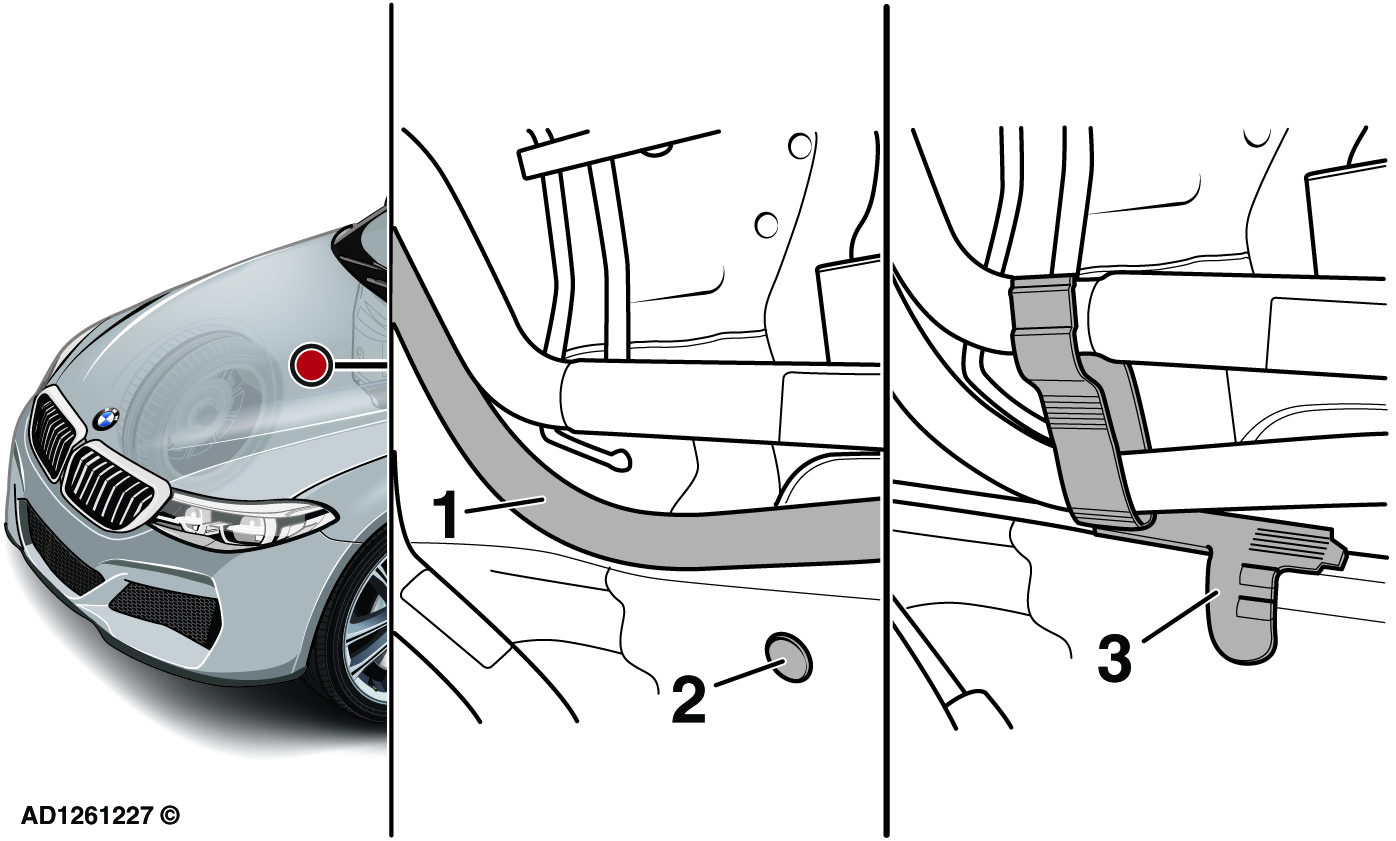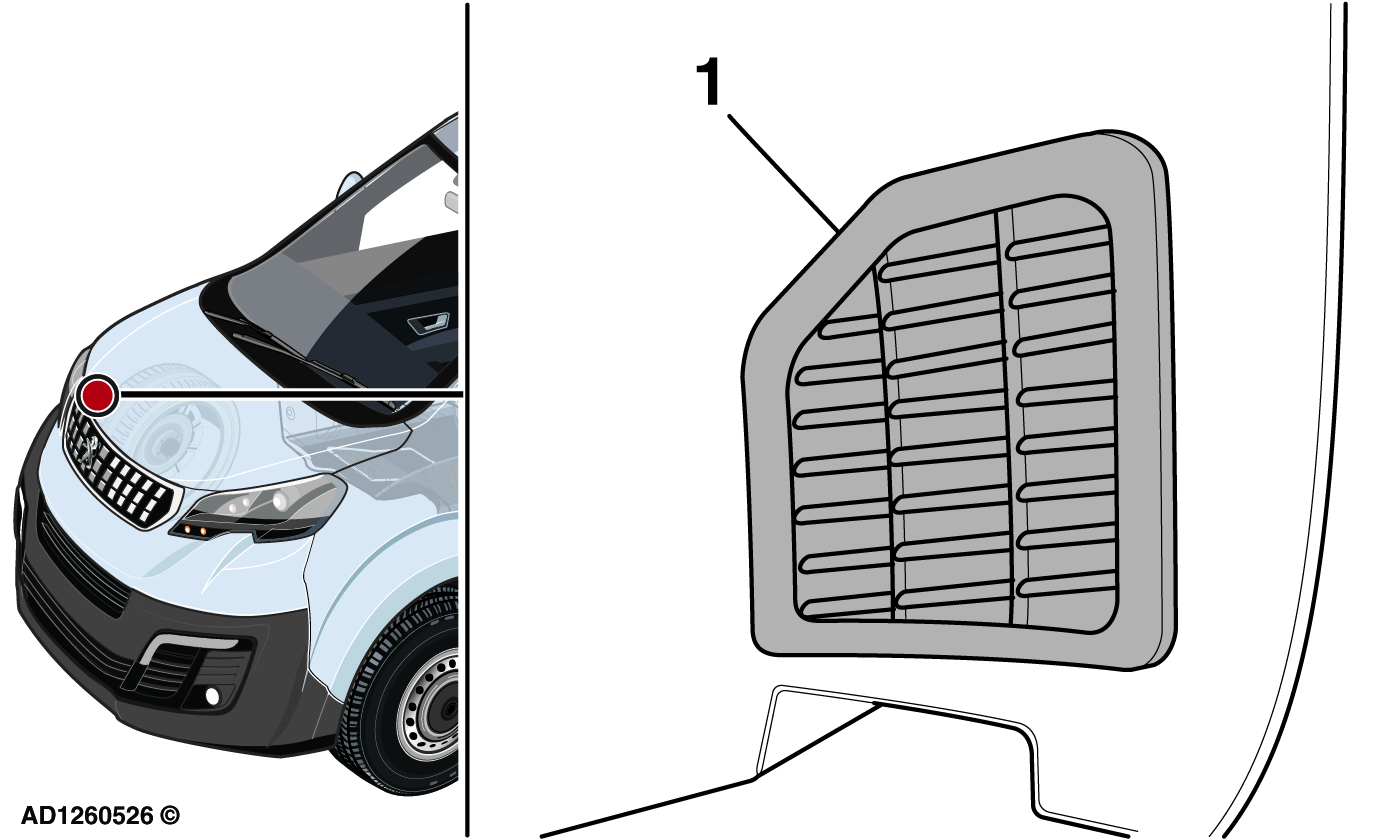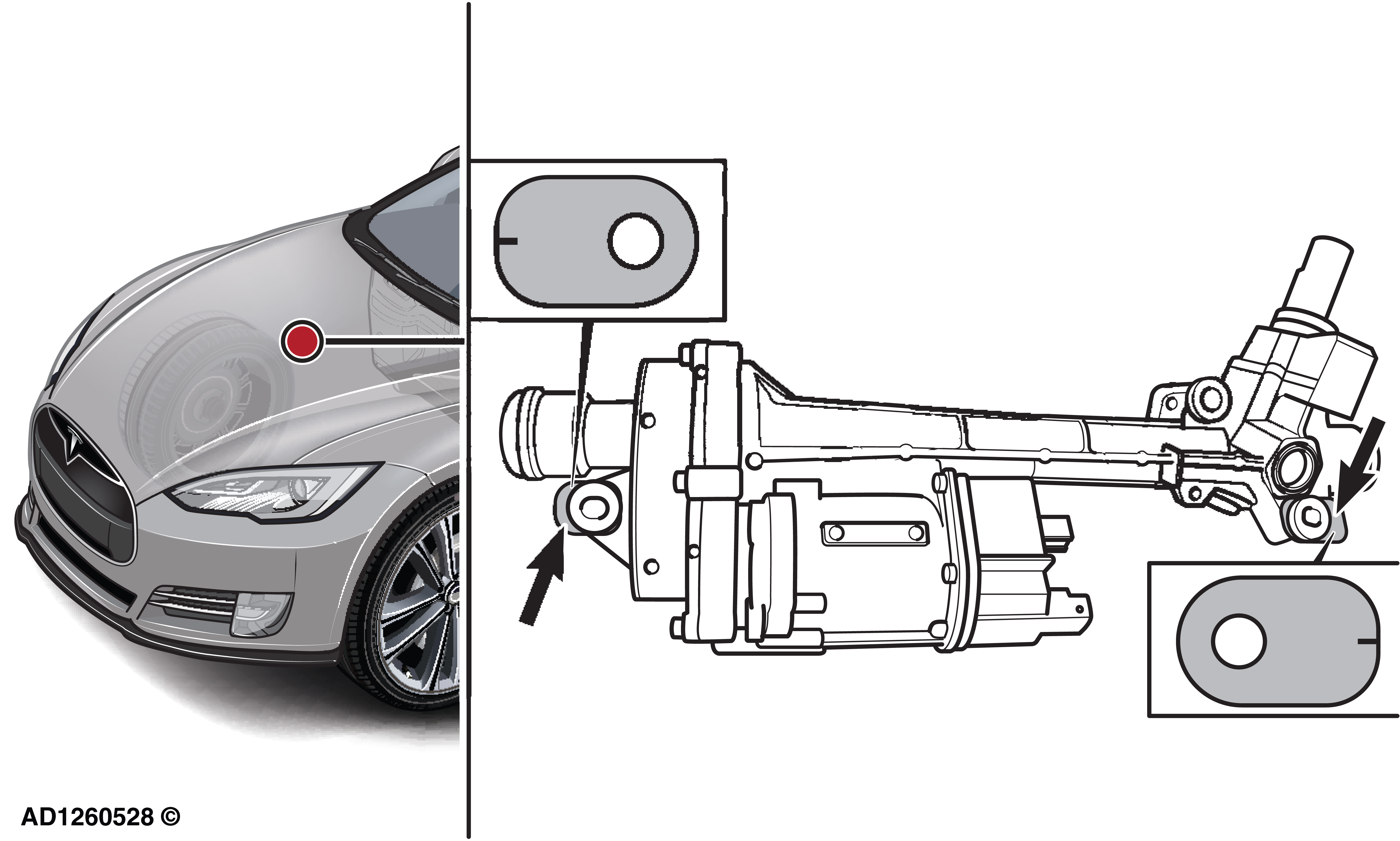Problems fixed: BMW, Peugeot and Tesla

Leading technical supplier Autodata helps you fix three common problems found in passenger cars
The problem
We recently had a 2017 BMW 6 Series Gran Turismo in for a service and we noticed that the engine coolant level was low. We could see traces of engine coolant from a heater hose in the engine bay and this was replaced. The vehicle has returned with an engine coolant leak in the same area as before.
The fix
The repeated engine coolant loss your customer is experiencing affects all models up to March 2018. The fault is caused by the heater hose chafing on the steering column. Fit a new heater hose. Remove the blanking plug from the chassis leg. Fit a heater hose retaining bracket, available from the BMW parts department, to the chassis leg. Fit and secure the heater hose to the retaining bracket. This repair should prevent any further coolant loss from the heater hose.
The problem
We have a 2017 Peugeot Expert in the workshop with running issues. The vehicle is suffering with a lack of power when accelerating. We’ve checked to see if any intake pipes have a split in them and also checked the air filter, which is not blocked.
The fix
Similar reports have been posted before and it affects all models with turbocharged engines. The fault is likely to be due to excessive build-up of foreign objects and/or debris on the turbocharger intercooler reducing or stopping the air flow. Remove the right hand front wheel and the turbocharger intercooler air intake duct. Thoroughly clean the turbocharger intercooler. Refit the turbocharger intercooler air intake duct and the right hand front wheel. Carry out a road test to ensure the fault has been resolved.
The problem
We have a 2015 Tesla Model S in the workshop with a clicking noise from the power steering while the vehicle is manoeuvring or parking. We have experienced the clicking noise on road test and we have checked the steering and suspension components which all seem to be OK. We’ve checked all the major bolts in the suspension system are to the correct torque.
The fix
We have come across the clicking noise you have described and it affects all S models. While the fault can be corrected by a competent technician we strongly advise that all personnel working on electric vehicles are suitably trained to carry out the necessary operations.
When working on high-voltage circuits and components ensure all safety-related guidelines are adhered to. The cause of the clicking noise is due to movement between the power steering rack and the front subframe. Remove the front load area floor to gain access to the power steering rack. Remove and discard the power steering rack mounting bolts and if a shim is fitted between the power steering rack and the front subframe, note installation position and retain the shim after removal.
Thoroughly clean the mating surfaces of the power steering rack and the front subframe. Fit friction washers, available from the Tesla parts department, between the power steering rack and the front subframe while ensuring they are positioned correctly. Refit shim (if applicable) in the same position prior to removal, fit new power steering rack mounting bolts and tighten to the correct torque. Check the front and rear wheel alignment and adjust if necessary. Carry out a road test to ensure the clicking noise has been eliminated.
Autodata supplies OEM-sourced technical data and fixes to the automotive aftermarket via its online workshop application.







